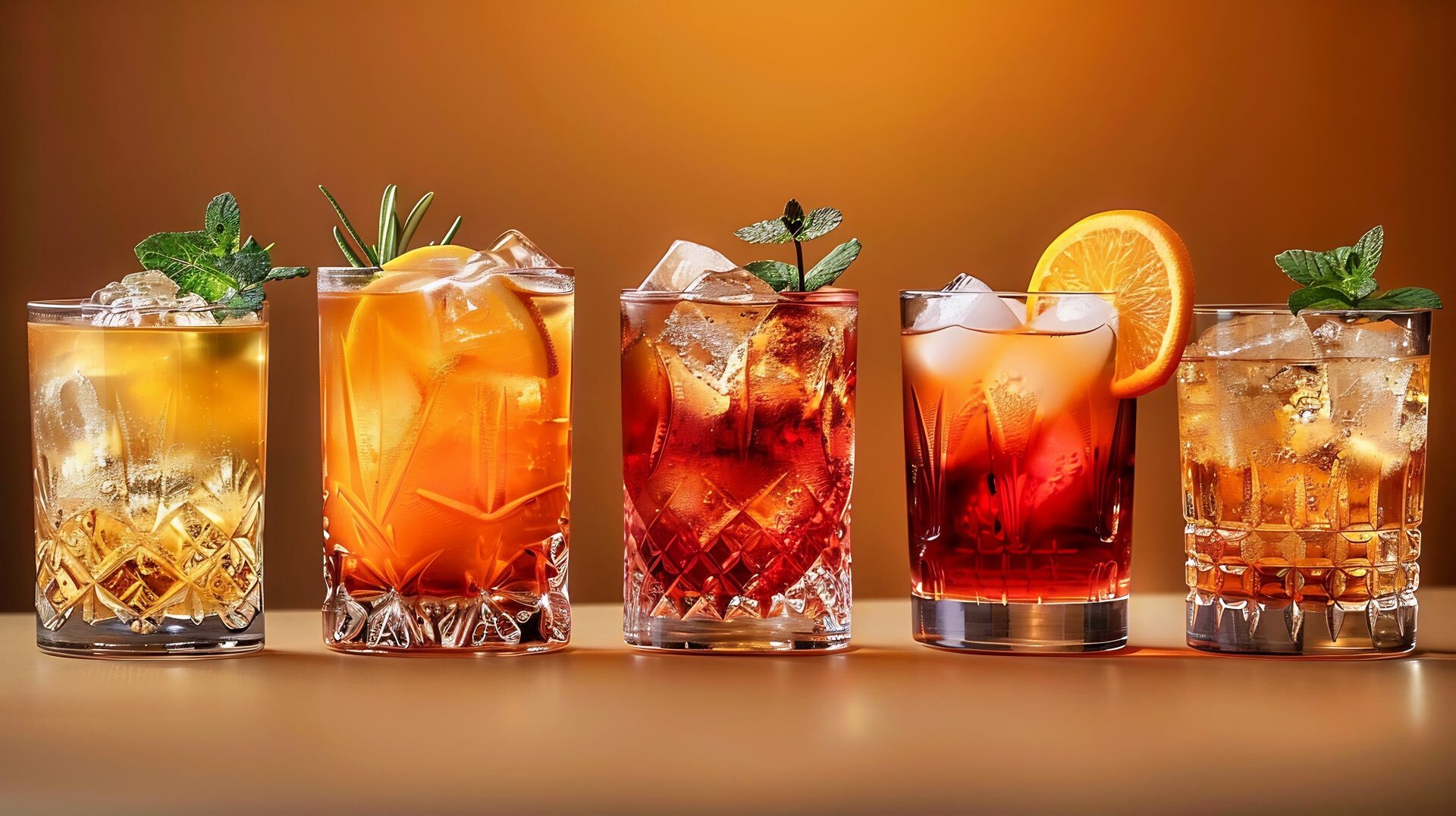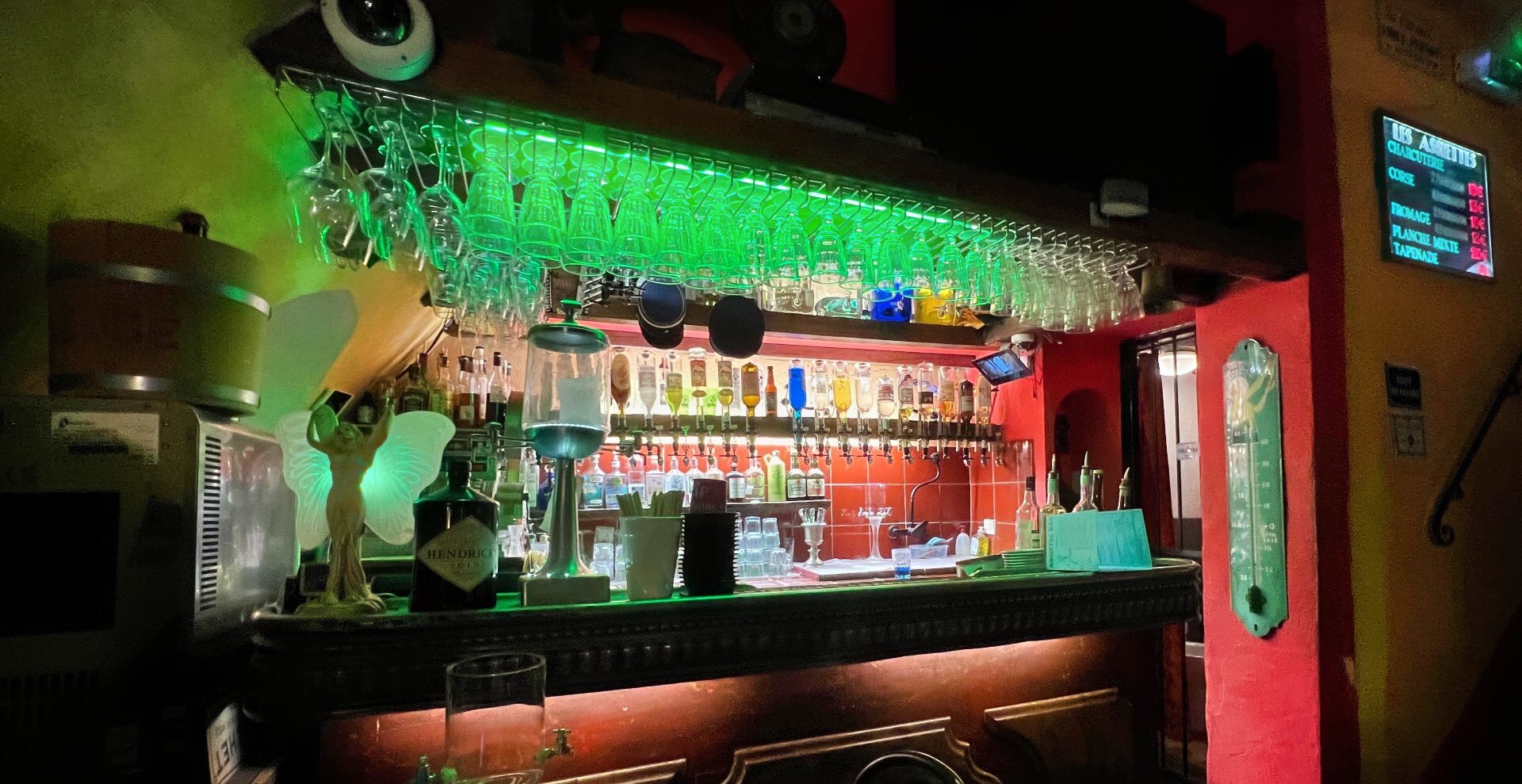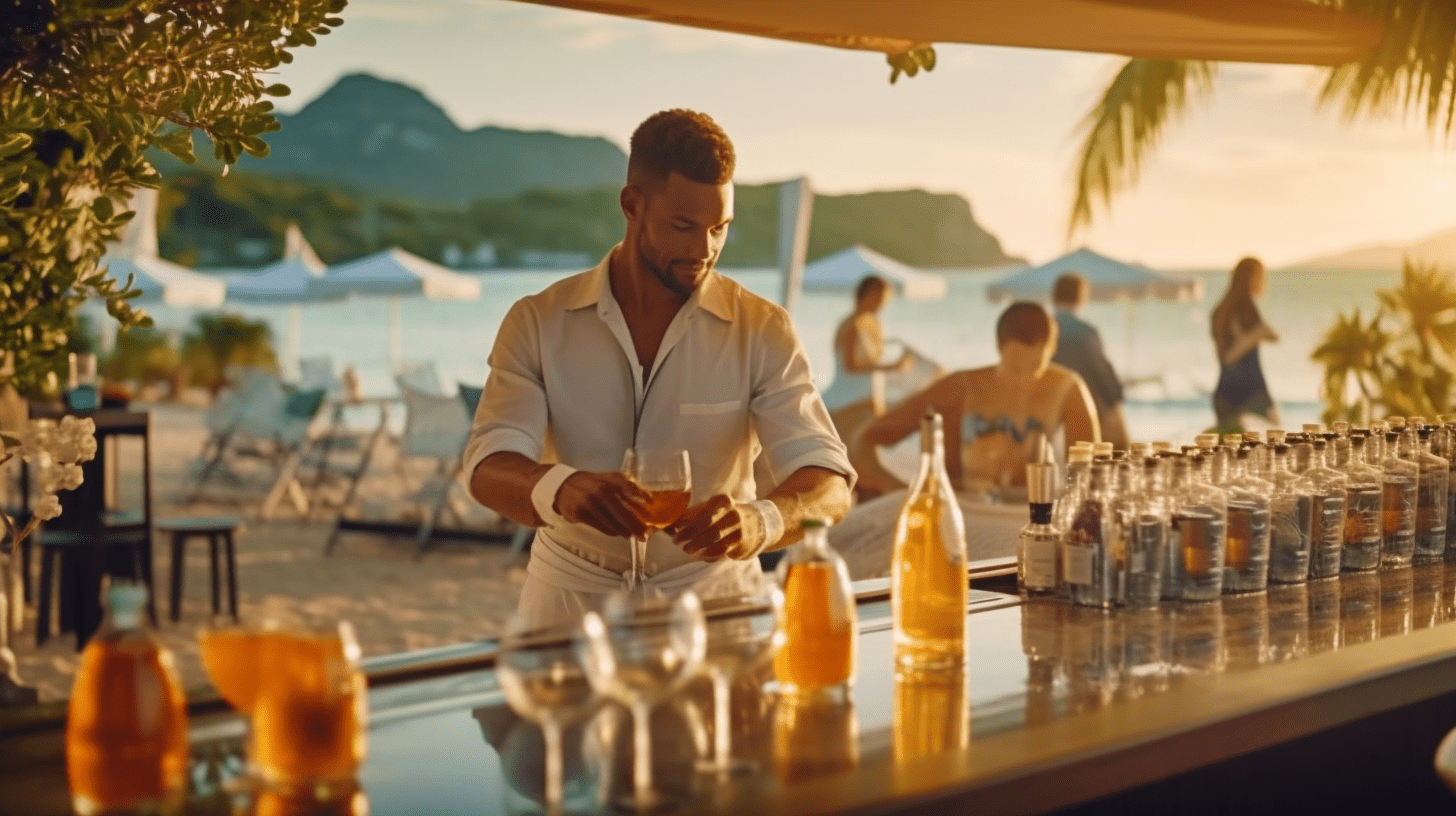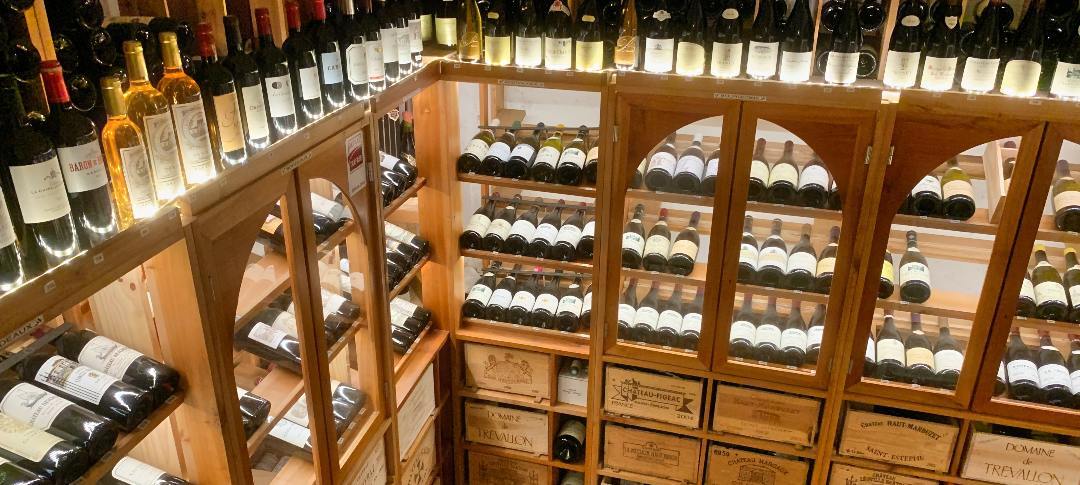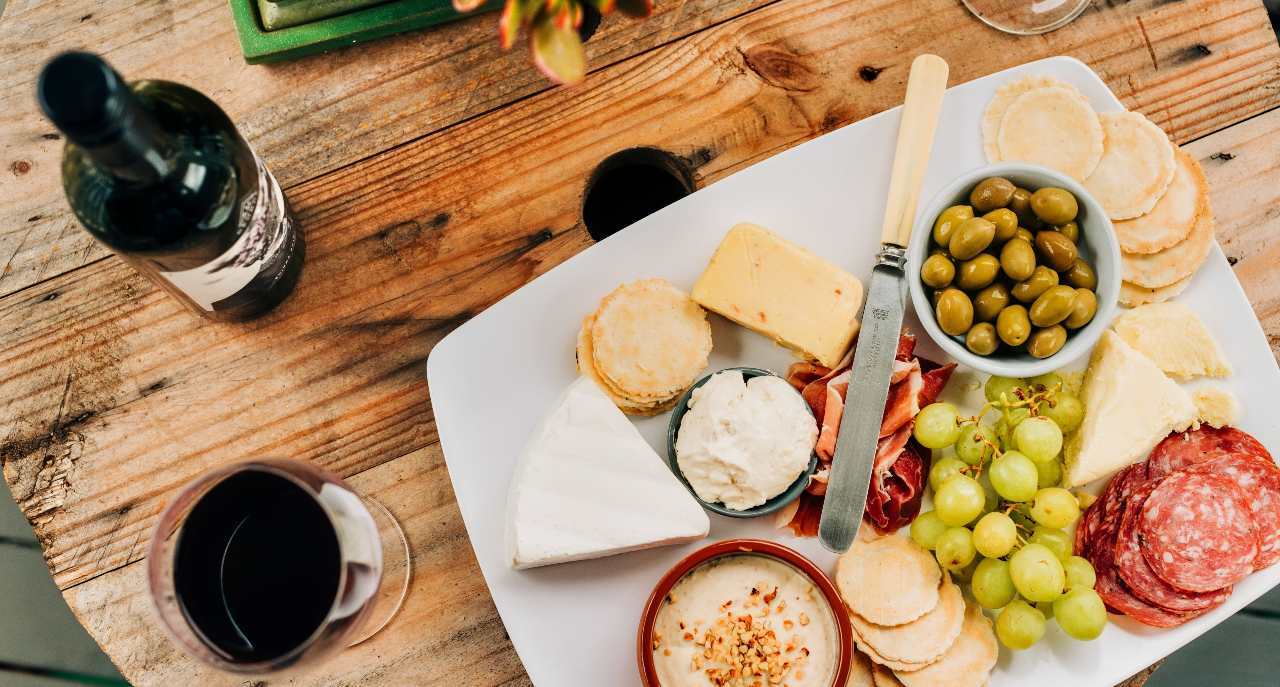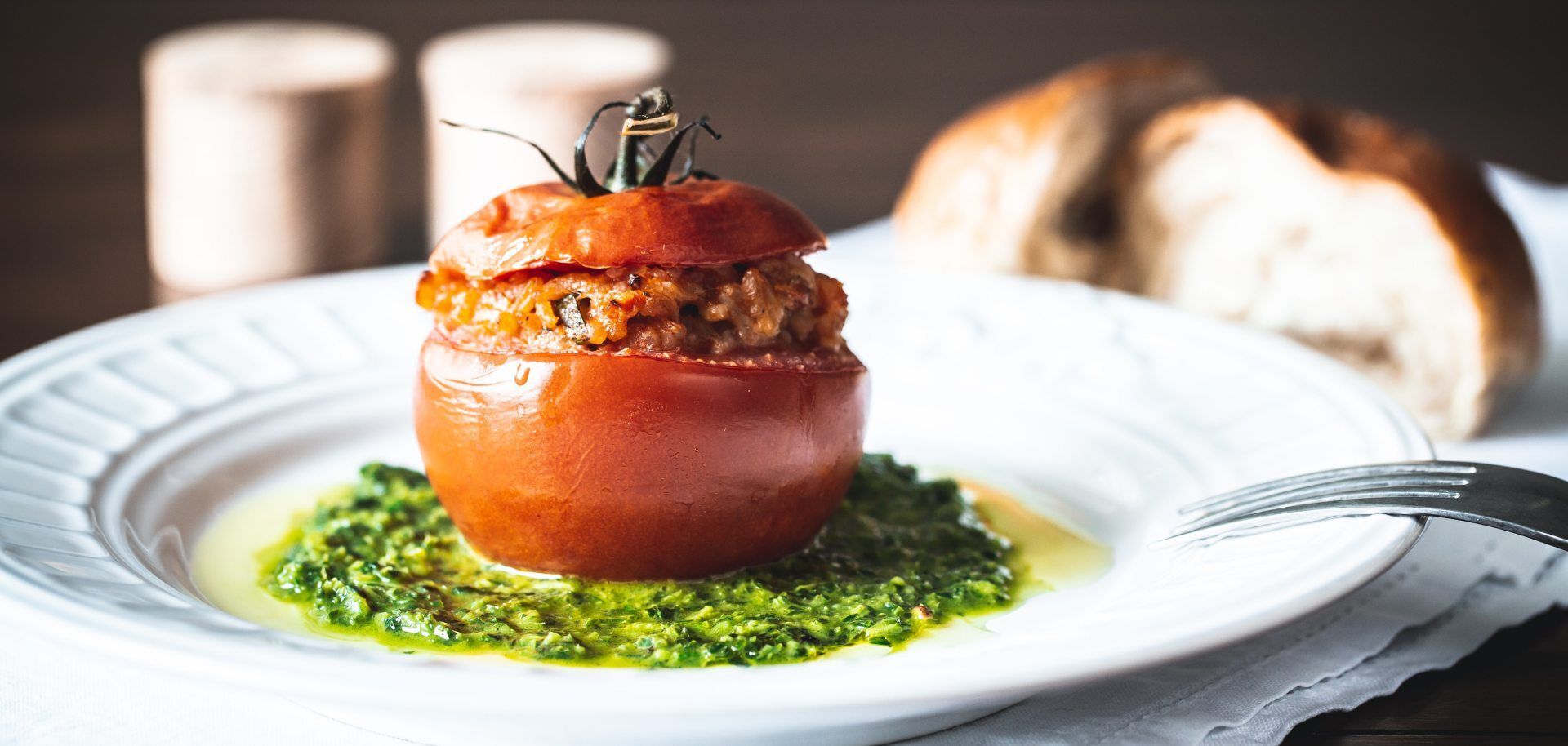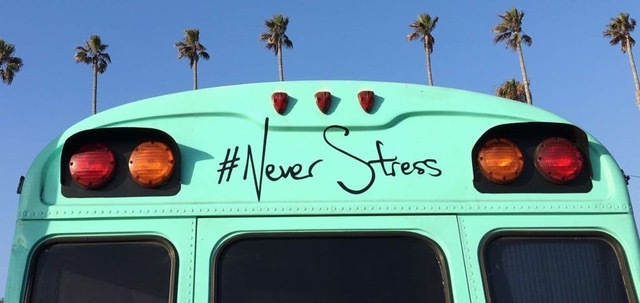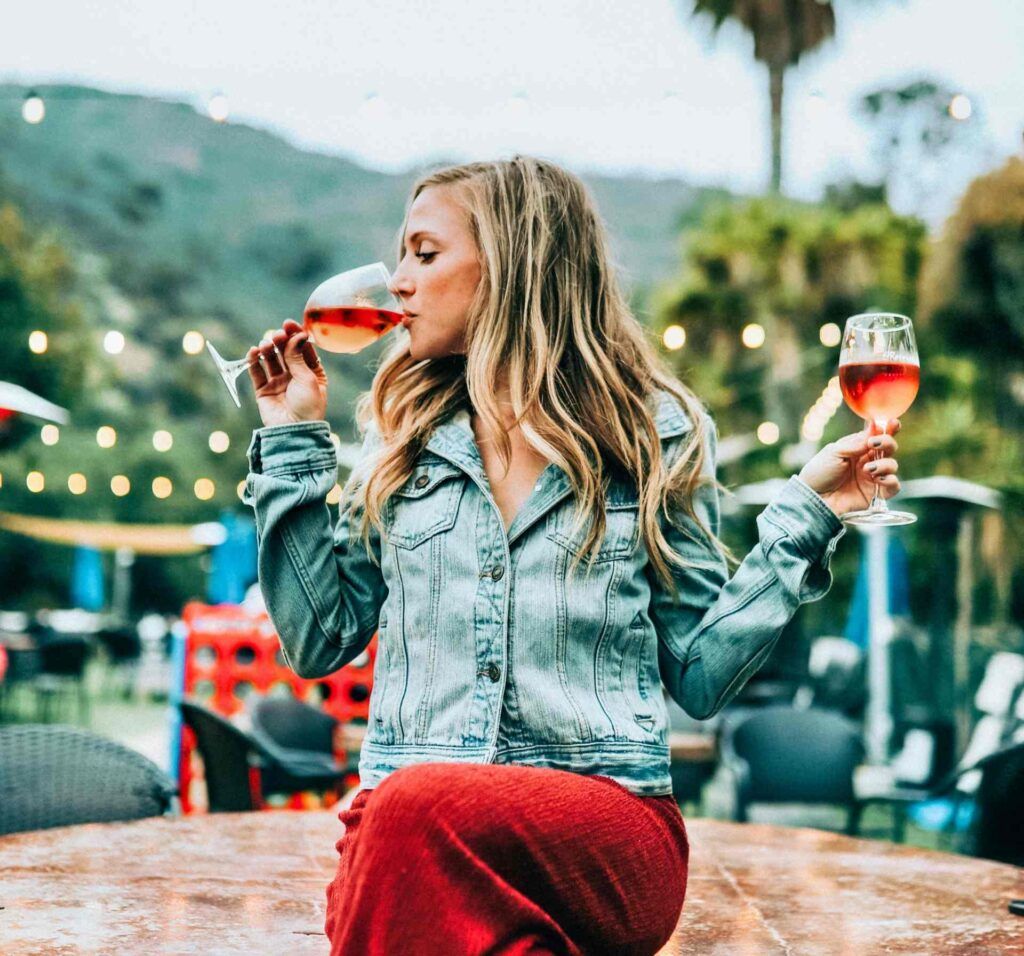
The wine region Provence-Alpes-Côte d’Azur
The area in the south-eastern corner of France is known as a true natural and cultural paradise for both locals and tourists and has not got its romantic name for no reason.
Also called the French Riviera, the area stretches from Italy to the east to a not quite precise demarcation of the coastline to the west somewhere between the port cities of Toulon and Marseille.
However, the wine region extends further inland past Marseille and a bit north. The Côte d’Azur with Provence is part of the geographical region of Provence-Alpes-Côte d’Azur, and when it comes to the region’s wines, it is of course in the great hinterland of the coast, not in the azure waves of the Mediterranean, that these must be found.
France’s oldest wine region
The classic, world-famous Provence area spreads out nicely, not least with many small villages and a widespread wine production, which, however, overall is slightly less than the average in the French wine districts.
This is France’s oldest wine region, where the picking was already in progress approx. year 600 BC.
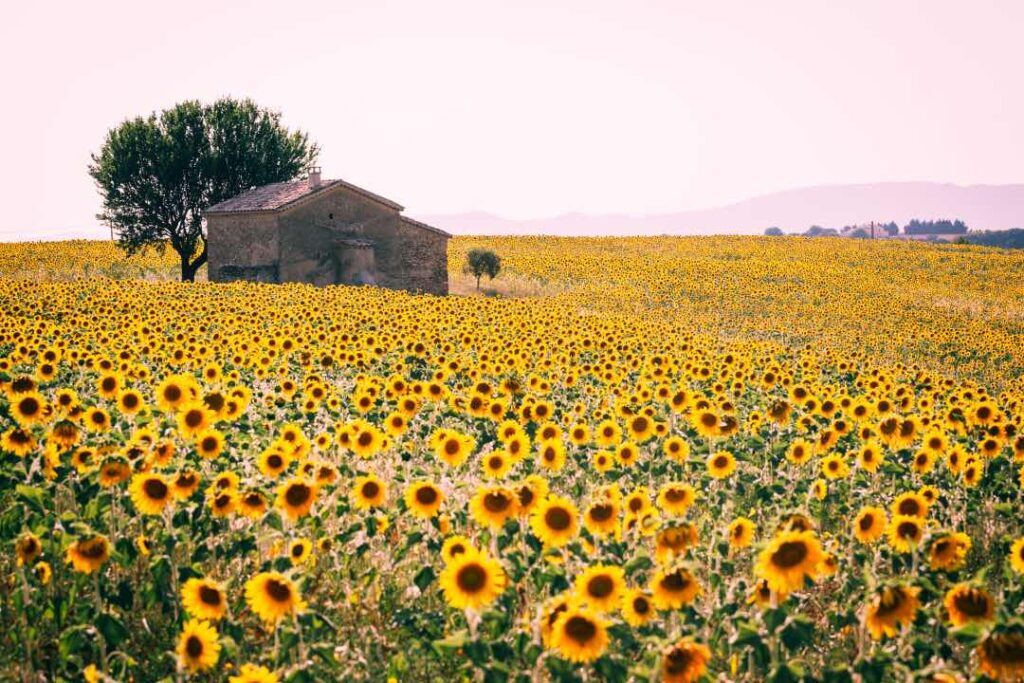
The many lavender and sunflower fields also help to characterize the colorful landscape.
The exciting wines in the area are for many a decisive reason to visit Provence, in addition to getting to know nature and culture more closely.
The small and large wine castles, known from Bordeaux, are here in the minority and replaced by typically smaller wineries (domaines), often well-established family businesses that advocate both the development and preservation of the classic types.
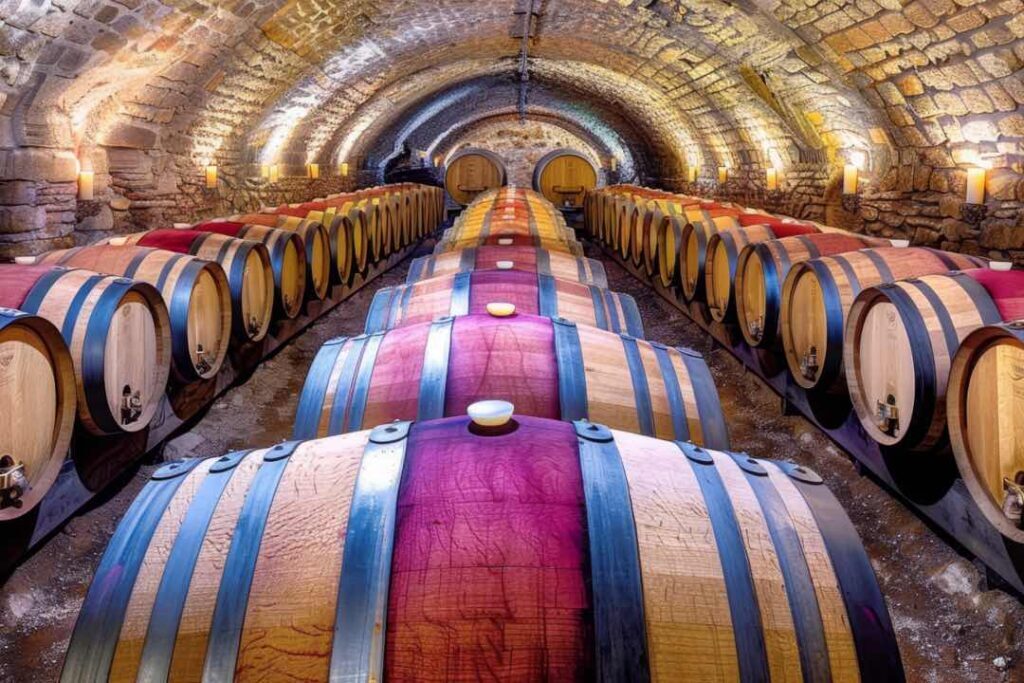
The famous Provencal rosé wines, which have previously taken a quality slide ride, have never been better than right now. They are not at all comparable to the boring juice-like products that used to be on the shelves in supermarkets. Several wineries are now experimenting extensively with biodynamic winemaking and giving their products the most exotic names.
Use of grape varieties
The most commonly used blue grapes for red wine production in the area are the powerful grenache and syrah / shiraz grapes, with core roots in the Rhône and Châteauneuf-du-Pape. But also cinsault, carignan, cabernet and not least the character-mixed blended grape mourvèdre are often found in the wines.
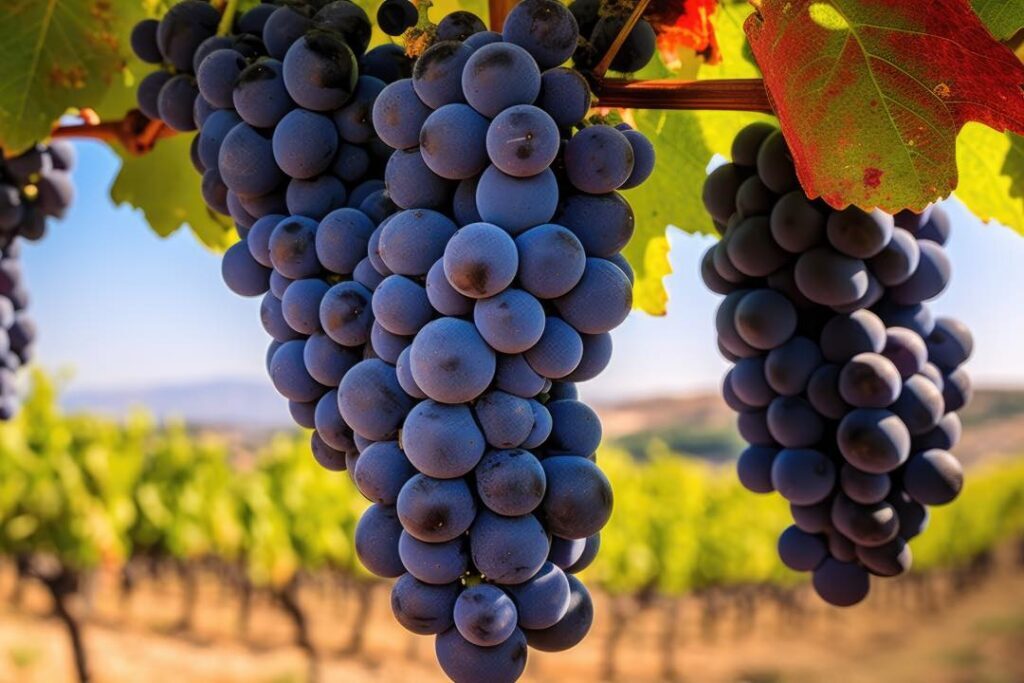
The white wines typically consist of green grapes such as ugni blanc, clairette, semillon and role (vermentino). In addition, a myriad of local grape varieties are used in winemaking.
The rosé dominates
The all-dominant rosé wines, which make up over 80 % of all Provence wines, are typically made from grenache, where the fermentation is stopped after less than a day. Then the skins are removed and the residual must continues to ferment and become rosé wine. This method is the most common.
Many people mistakenly believe that the pink wine is made by mixing red and white wines together, but this happens quite rarely and is not considered as a well regarded method.
In Provence, one strives for a dry and fairly light rosé, which should be allowed to cool down to refrigerator temperature. In addition, it should be enjoyed young, but in addition to being excellent as a terrace wine, it is also excellent for food, not least for many local southern French dishes.
It should be drunk with a clear transparent white wine glass, so that the beautiful color of the wine becomes part of the experience. And then you have to be careful with the amount, more than you think, because many producers produce quite alcoholic rosé wines, which are not at all so “light” even.
The cradle of rosé wine
If you have not heard or read about the history of rosé wine, you may have been introduced to the name Tavel, a district in the Rhône area near Avignon, which rightly calls itself the cradle of rosé wine.
The Tavel wines have or have had a reputation as the world’s best rosé wines. They still exist in best condition, but many of their competitors from the vineyards of Provence have long since overtaken them in quality and taste, or even surpassed them. It can easily become a veritable hobby for a wine-crazy tourist to explore the many wineries and receive tastings and draw comparisons on color, aroma and alcohol strength.
A little red – but good
The red wines make up only 8 % of the total production in Provence and the white wines are all the way down to 4%, but just because the rosé wines dominate does not in any way mean that the other types are of secondary quality. On the contrary.
The red wines are most often dark, powerful wines, which have a certain similarity with the Côte du Rhône wines, next door to the west. Within all three wine types, red, white, rosé, there is more and more experimentation with biodynamic treatment and production, where pesticides are banned and replaced by preparations of a homeopathic nature to fertilize and protect.
Where do you go?
If you are on visit along The French Riviera these districts will be obvious: Côtes de Provence and Coteaux d’Aix-en-Provence are by far the largest and also house most wineries and production sites. Smaller districts such as Bandol and Cassis have drawn special attention to themselves by e.g. partial deviations from the common choices of grape varieties.
In Les Bouches des Rhône, which is probably best known by tourists for wild horses and huge swarms of mosquitoes, high-quality Provence wines are also produced.
The mitigating factor is that the mosquitoes are mostly non-stinging male mosquitoes, and the horses don’t like grapes.
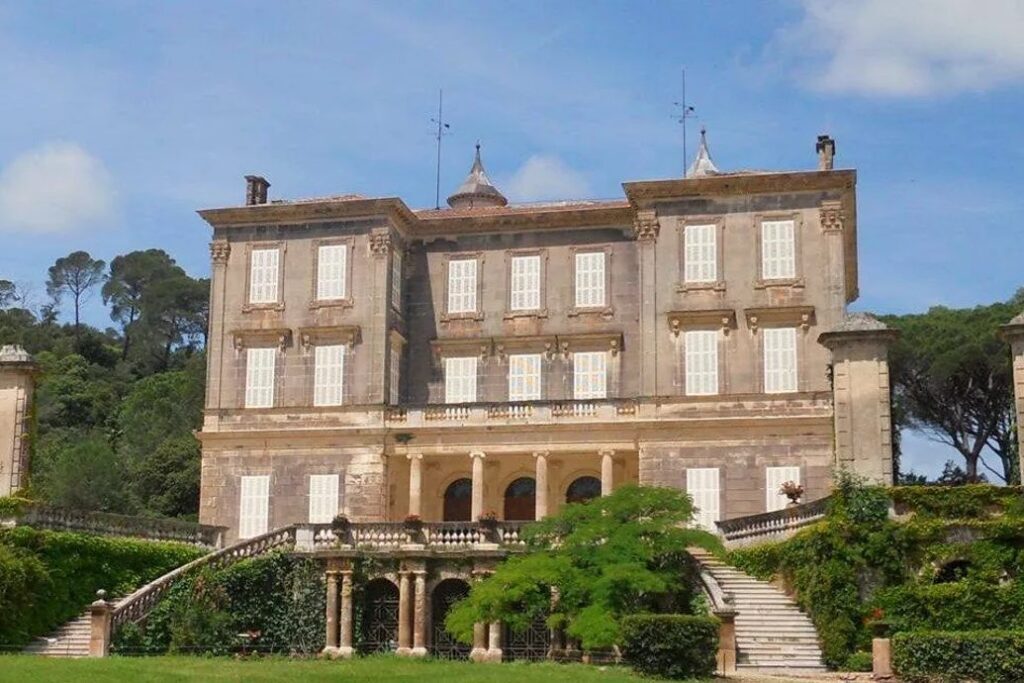
The Château d’Astros in Videoban in the Côtes de Provence, produces 3 different organic rosé wines. The castle has been a movie scene several times, and the surroundings are pure adventure.
Maison des Vins Cotes de Provence in Les Arcs sur Argens, offers over 800 different wines from the area at prices as on the vineyards.
In the small fashionable area Cassis (not to be confused with the blackcurrant rum Crème de Cassis) there are as many as 12 domains, including the Domaine du Paternel.
Cassis produces some of the best white wines of Provence wines, mainly and slightly unusual, on Marsala grapes.
Pure exclusivity is Bandol, a little east of Marseille, which is known for their tasty red wines, e.g. from the estate Château de Pibarnon, where you turn things upside down and make both red and rosé wines with mourvédre as the main grape, with a content of this of at least 50%, often something more.
Vineyards on the Côte d’Azur
Far to the east, in the region of Alpes-Maritimes, which is a neighbor of Italy and also gets certain influences from here, is Domaine des Claus in Tourrettes-Sur-Loup, where organic / biodynamic wines get completely new and exciting names, e.g. the deep red Magic Noire or the rosé wine Tango.
Here you will also find the small but cozy domaine Vignoble Rasse in Saint-Jeannet and the somewhat larger and reputable wine castles Château de Crémat and Château de Bellet in the north of Nice.
The above-mentioned places of visit constitute an almost insulting small selection of the total number of wineries and wineries in the whole Provence region and are selected without taking into account the place’s comparison with other places’ popularity, turnover, types, prices, quality etc.
Lots of places invite for visits, tastings, dining, accommodation, tours, sales, special child-friendly activities, reservation requirements, and more.
Check out the favorite wine tours of CityXee.
The best thing you can do is to look further yourself and look forward to visiting opportunities that cover one’s special needs, e.g. with the help of the following website: Vineyards in Provence
By Peter Sejersen – updated by Tommy Sverre – 2024


